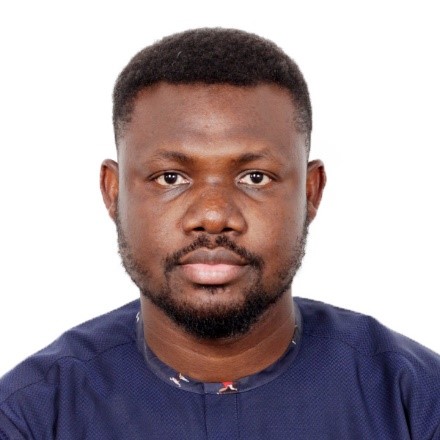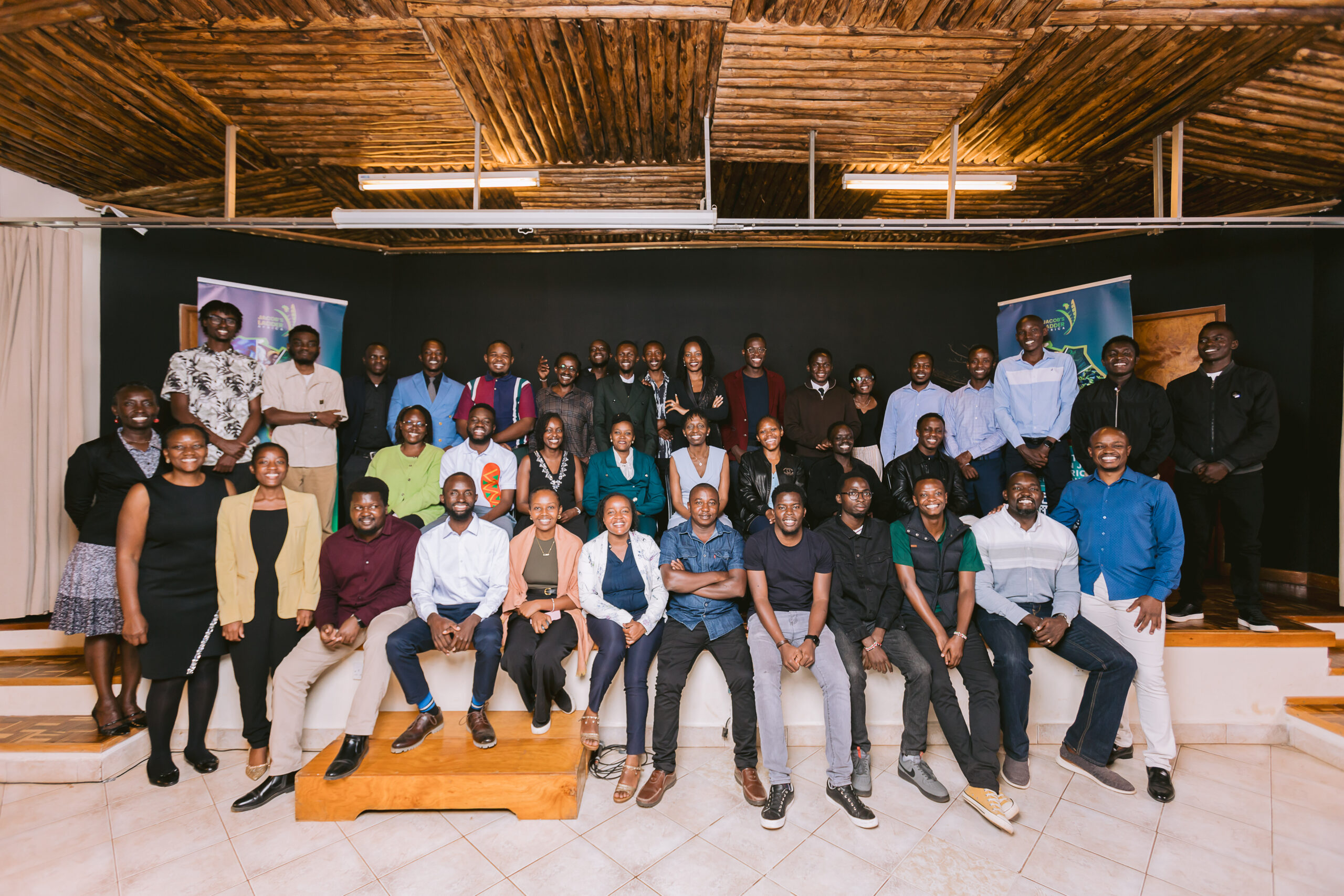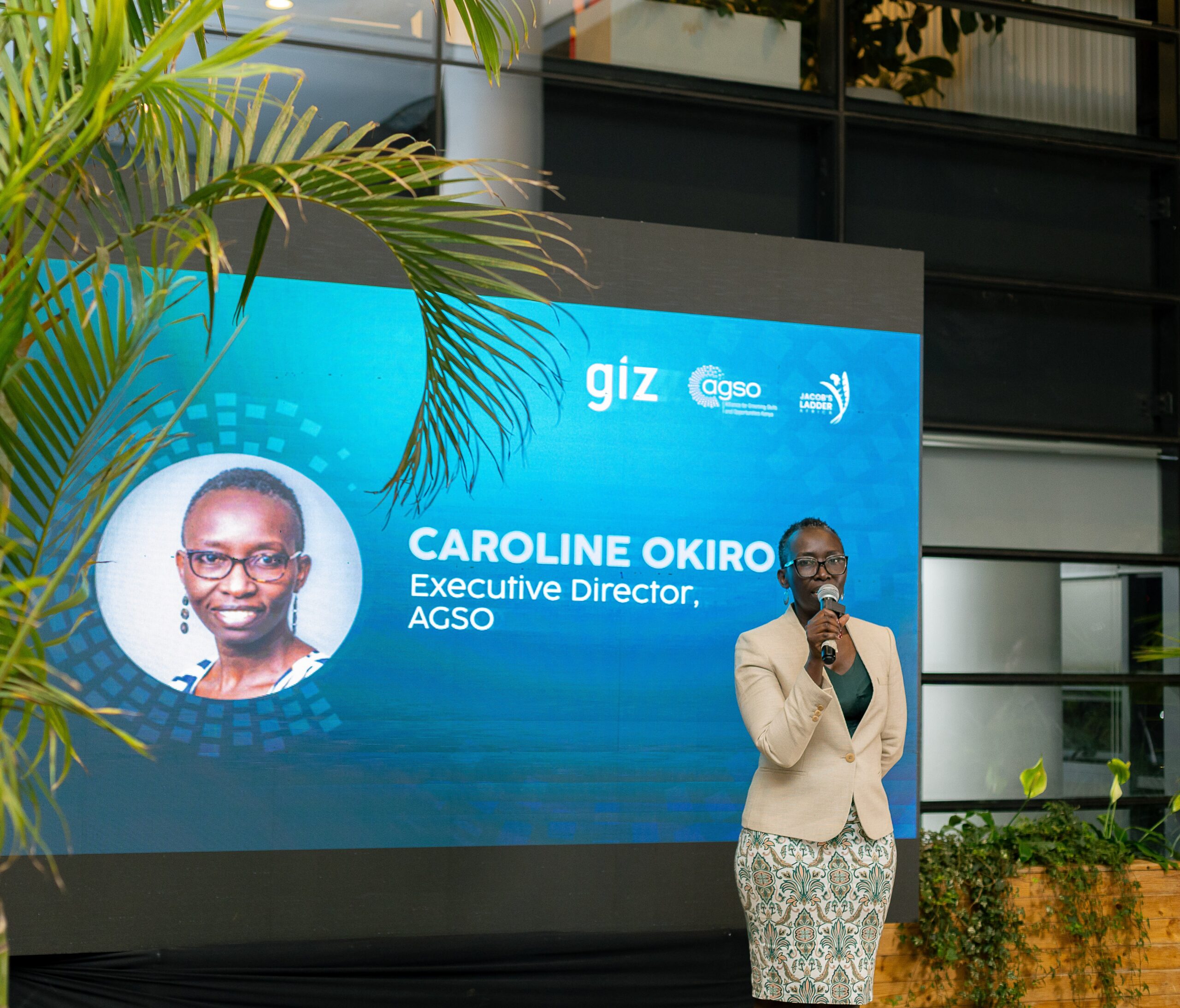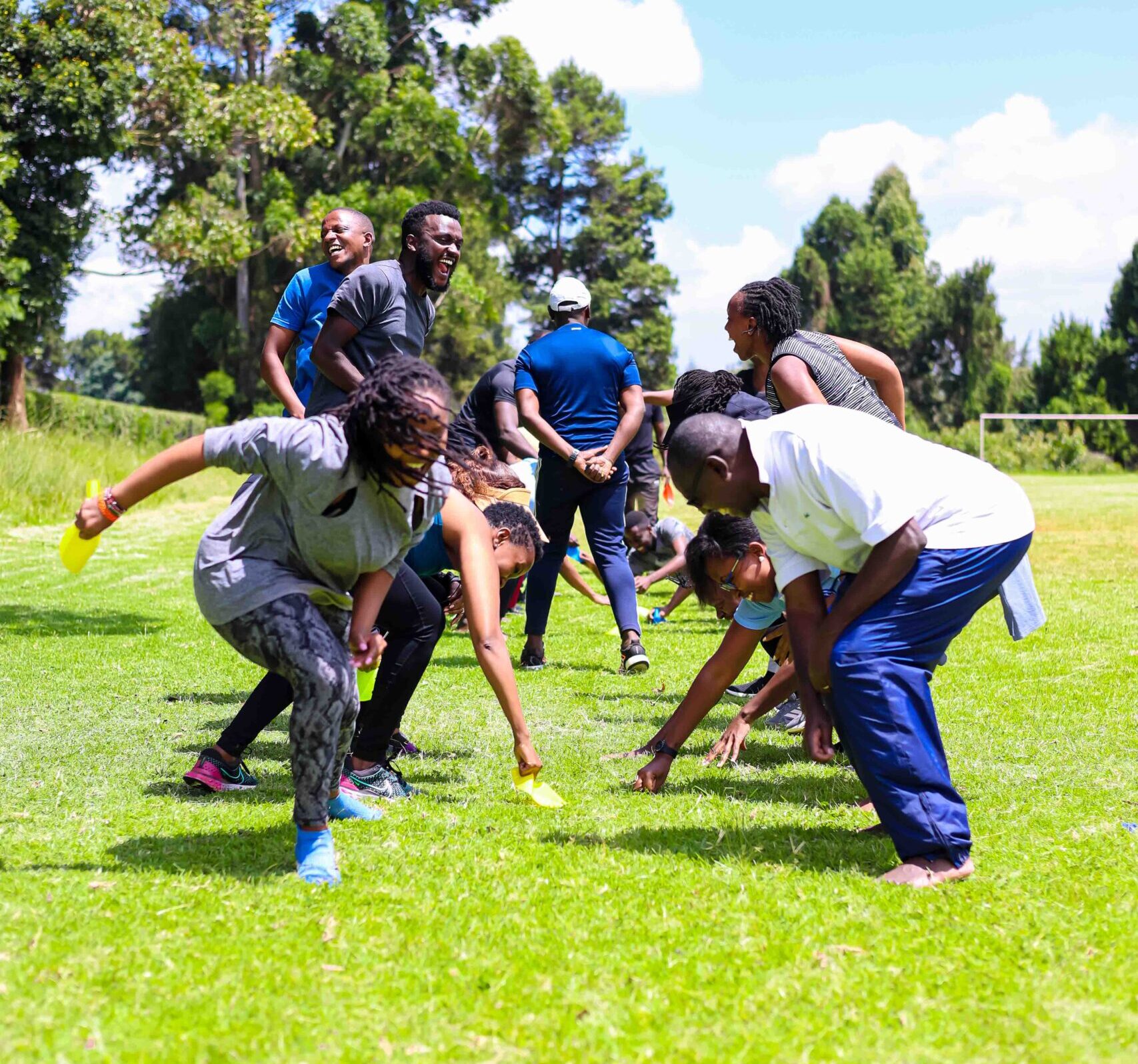It was Ibn Khaldun, a sociologist and political philosopher born in Tunisia in 1332, who said “geography is destiny”. The notion implies that the place where you were born may seriously affect your future or that the environment determines the potentiality of a place. Albeit contentious, this statement provides an important basis for explaining the limitations or advantages that a country’s geography presents to local development.
Centuries later, there is a burgeoning recognition of the important link between geography and development. Today, geographic interpretations of development are not uncommon; and many scholars have explored how a better understanding of geography can influence the goals of social and economic development.
Kenya has a unique geography. The arid and semi-arid lands (ASALs) cover more than 82% of Kenya’s territory, supporting about 40% of Kenya’s 55 million people. The 29 counties that constitute the ASALs provide habitat for over 90% of the wildlife that drives Kenya’s tourism sector. These areas have huge potential for renewable energy and other natural resources, and are strategically positioned for cross-border trade with Uganda, Ethiopia, Somalia, and South Sudan.
Despite the enormous endowments, the ASAL regions have the lowest development indicators, highest poverty and inequality, and are home to the poorest and most vulnerable people in Kenya. Unfortunately, the challenges are further exacerbated by the multiple risks caused by a changing climate which depletes the resilience of their economic and social systems.
Kenya’s leadership, both at national and county levels, along with several development and local partners have heavily invested in resilience-building initiatives in the ASAL regions for decades. Evidence of local results and impacts of these interventions may be mixed and contested but the deep level of commitment to see a transformative change is shared across key stakeholders. No one desires a more resilient and prosperous ASAL Kenya than the people of these regions.
A few weeks ago, I was in Garissa, North-Eastern Kenya, to participate in a roundtable organized by UNICEF with national and county governments and development partners to discuss Resilience Building for ASAL Engagement Strategy. I shared three key storylines from our decades of collective efforts and commitments of building resilience, and perhaps refuting the claim that geography puts a limit on our development.
Firstly, resilience is a journey. For me, the first and most important aspect of any journey is the direction, and not necessarily the speed. Once the direction is missed, speed is irrelevant. Policy direction is critical for the journey of building resilience in the ASAL region, which provides the framework for long term investment planning and financing. Good leadership is critical to aligning different components of policies and practices by relevant actors in a coordinated manner towards a shared goal of resilient ASAL economies and societies. As much as we do not want the next drought to leave a huge humanitarian crisis behind, we must understand that this journey would have us make progressive steps..
Secondly, resilience is about systems. I believe that the power of resilience is in our integrated approaches to fragmented systems that determine the outcome of any ecosystem. In the ASAL region, we continue to appreciate nexuses of systems: foods, water, energy, human capital, health, infrastructure, and livelihoods. We now design better investment programs using integrated approaches to achieve multiple outcomes as opposed to mono-outcome interventions. Elevating and sustaining a systems approach to resilience building must continue to underpin our collaborative partnerships and engagement strategy.
Lastly, resilience is about learning. The essential lessons from decades of building climate resilience in the ASAL regions provide invaluable knowledge for interrogating past approaches and models. Best practices on addressing the humanitarian-development dichotomy are crucial for harnessing limited resources and optimizing impacts on the ground. System learning will deeply enhance our ability to develop fit-for-purpose resilience pathways that provide spaces for strengthening institutional capacity, increased financial flows, resource management and effective leadership in these regions.
I strongly believe the geography of the ASAL regions in Kenya does not determine or limit its destiny of becoming an economic powerhouse of the country. The imperative for an ASAL engagement strategy in resilience is the beginning of a long conversation, and we all have a role to play to see a meaningful change in our lifetime.
At least for now, let’s agree that geography is not destiny!

Dr Olufunso Somorin leads the African Development Bank’s work on climate change and green growth in East Africa. He gives guest lectures on Politics of Development in Africa. He is an Eisenhower Fellow. He holds a PhD from Wageningen University, the Netherlands.






